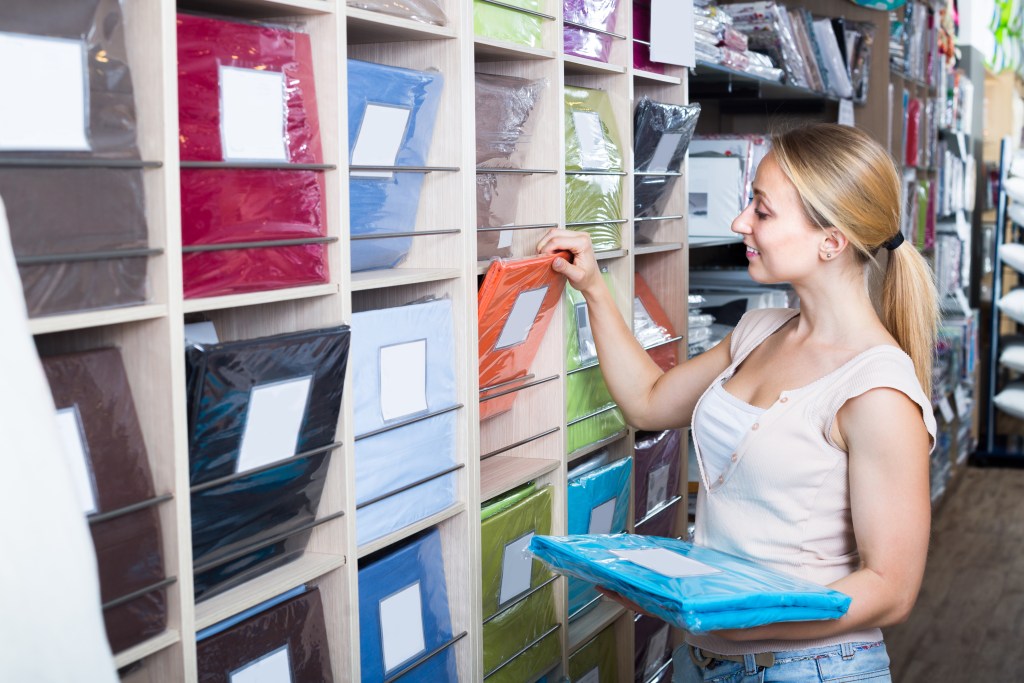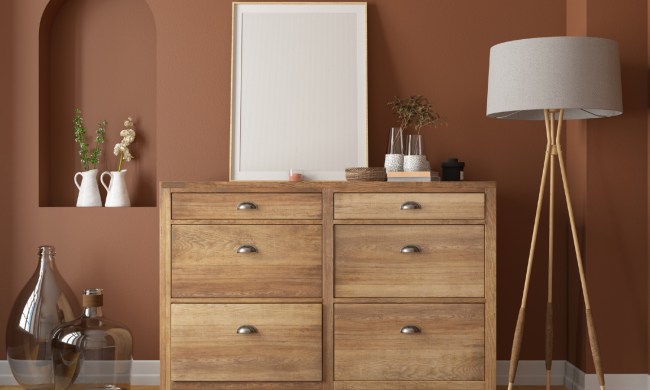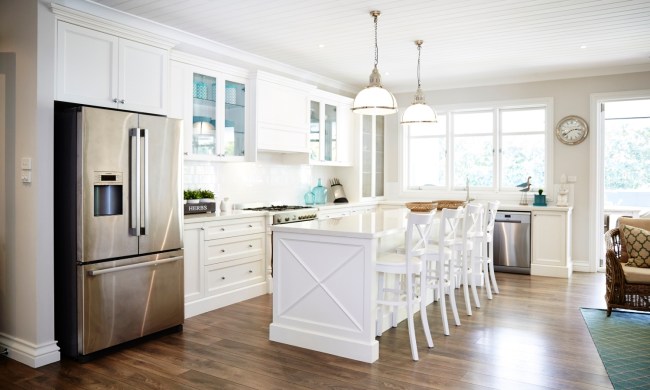The idea of sleeping on silk sheets brings to mind images of sheer luxury. Buying real silk sheets is an investment in comfort. However, there are more than a few things you need to know before buying real silk sheets.
For example, how can you tell that the silk bedding that’s advertised is the real deal? With the many choices available to you on various retail platforms, it can all be somewhat confusing. Never fear though, in this article, we’re going to clue you into all the nitty-gritty details so you can know what’s okay to purchase and what could be a scam.

Should you buy silk bedding over other fabrics?
Well, if you want bedding that’s incredibly smooth and feels great next to your skin, the answer is a resounding “yes!” Perhaps you’ve heard from family members that silk is the Crème de la Crème of bedding fabrics. If you have, there’s a reason for it. In addition to the smoothness mentioned above, real silk is:
- Naturally hypoallergenic
- Fungus and mold resistant
- Works well in a variety of climates
- Longer lasting than any other natural fabric
From retaining its comfortable feeling in the coldest of winters and the most broiling of summers to outlasting any other natural fabric on the market, real high-quality silk is a material prized worldwide.
Now, that brings us to another topic. Even when it’s real, not all silks are the same. In the same way that thread counts matter when it comes to cotton sheets, the quality of silk matters when it comes to durability.
What types of silk are there anyway?
The answer is that there are a few different types of silk. This means, of course, that you need to know how to differentiate them before you head off to make a purchase. With that in mind, here’s a quick breakdown:
- Dupioni Silk is sometimes used in furniture and is one of the lowest quality silks on the market. It doesn’t maintain temperatures well and is more coarse than other types of silk. Although strong and lustrous like other silks, it’s made from irregular cocoons that don’t have the same quality as different silk types.
- Habotai Silk is a common silk that you will often see in silk bedding. It’s not as expensive as some other silk types, such as Charmeuse. The reason for its price being lower is that it’s not quite as durable, and it’s “washed” with sand. The washing process makes it feel softer than it would naturally. Still, it also erodes the fibers, which lessens this silk’s lifespan.
- Tussah Silk is a type made from unbred, uncultivated, wild silkworms. Most of this type of silk comes from India, where the worms are kept free and are not fed a strict diet. Because the worms are wild and their diet varies, their silk is not as naturally soft or durable as silk that has been cultivated.
- Charmeuse Silk is the type of silk that most people think of when an image of “silk” comes to mind. It is used in all kinds of manufactured goods, such as clothing and bedding. Charmeuse silk has a natural elasticity and is exceptionally lightweight. Unlike Tussah silk, Charmeuse is cultivated, which means that the worms used to produce it are bred, farmed, and fed a strict diet.
- Mulberry Silk has the highest quality of all silks in the world and is the most expensive. It comes from Mulberry Silk Moths. It’s actually made from the same type of moth larvae as Charmeuse, except that these larvae have an even stricter diet that consists of leaves from the Mulberry tree. There are records of this kind of silk being cultivated for more than 5,000 years.

Is my silk the real deal or not?
Now that you know what kinds of silk exist, you need to know how to differentiate real silk from a knock-off. A few important “tells” will give away products that aren’t made from real silk, and you should learn them so that you won’t make the mistake of buying something that isn’t the Real McCoy.
Price
Suppose the price seems lower than you know it should be. In that case, it’s probably because the product is made of synthetic material instead of natural silk. Anything made with real silk, even lower-quality silk, is quite expensive. More prominent manufacturers may sometimes be able to offer it at a reasonable price. However, it will still be more costly than other fabrics. If you see something purporting to be silk, but it’s priced like another type of fabric, don’t buy it.
Silk or satin?
Satin is not silk. Even if the product packaging suggests that it is “silky satin,” it won’t actually be made of silk.
You can also check the weave
If the weave looks like it was manufactured instead of handmade, it’s probably not real silk. You can check to verify whether there are minor imperfections in the weave. If there are, it could indicate that it was made by hand instead of by a machine.
Now that you know what to look for keep in mind that while you can machine wash your silk bedding, you’ll want to allow it to air dry. You also don’t need to wash it as often as other types of bedding.
Having said all that, enjoy stretching out on your silk sheets and sleep well!



